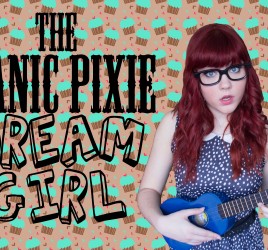Strategies for Effectively Using Mood Tags for Your Songs
When tagging moods, I like to approach this with a strategy or plan that is similar to the logic of deductive reasoning (more general to more specific).
By using general mood tags such as “Happy” or “Sad” and choosing tags that specifically fit under this category can help to effectively describe the intention of a song. Using mood tags in relation to Genre / Sub-genre tags can help the process.
For example, let’s say “Happy” is the main mood (Genre) all the other descriptors such as “Joyful” and “Cheerful” can be considered secondary moods (Sub-genre) that describe in further detail the mood of the song. Each sub-genre has a more distinct feel or understanding.
Happy – Joyful (leads to more comfort tags)
I affiliate “joyful” songs with ceremonial or religious styles. i.e. Christmas music, Wedding ceremonies, Carols or any songs that involve a celebration of sorts.
Below is an example of when I would use the tag “Joyful”
Other tags that compliment Joyful: Warm, Peaceful, Dreamy, Soothing, Enchanting, Sentimental, Heartfelt, Heartwarming
Happy – Cheerful (leads to more energetic tags)
I affiliate “cheerful” songs with children’s music, circus themes, Polka styles, Fanfares.
Other tags that compliment Cheerful: Bouncy, Fun, Feel Good, Bright, Playful, Whimsical, Comical, Lively, Quirky
Below are other examples of main moods and sub-moods. Another way of understanding this approach is to view the sub moods as tags that fit under the umbrella of the main mood.
Sad – Somber (leads to more emotion tags)
Other implied sub moods: Heartache, Yearning, Longing, Pensive, Melancholy, Heartbroken
Sad – Solemn (leads to more dark, dramatic tags)
Other implied sub moods: Grim, Ominous, Mysterious, Gloomy, Dark
By categorizing moods in a more precise “umbrella” format, I believe it would make searching for the precise song less cumbersome.
Diagram:



